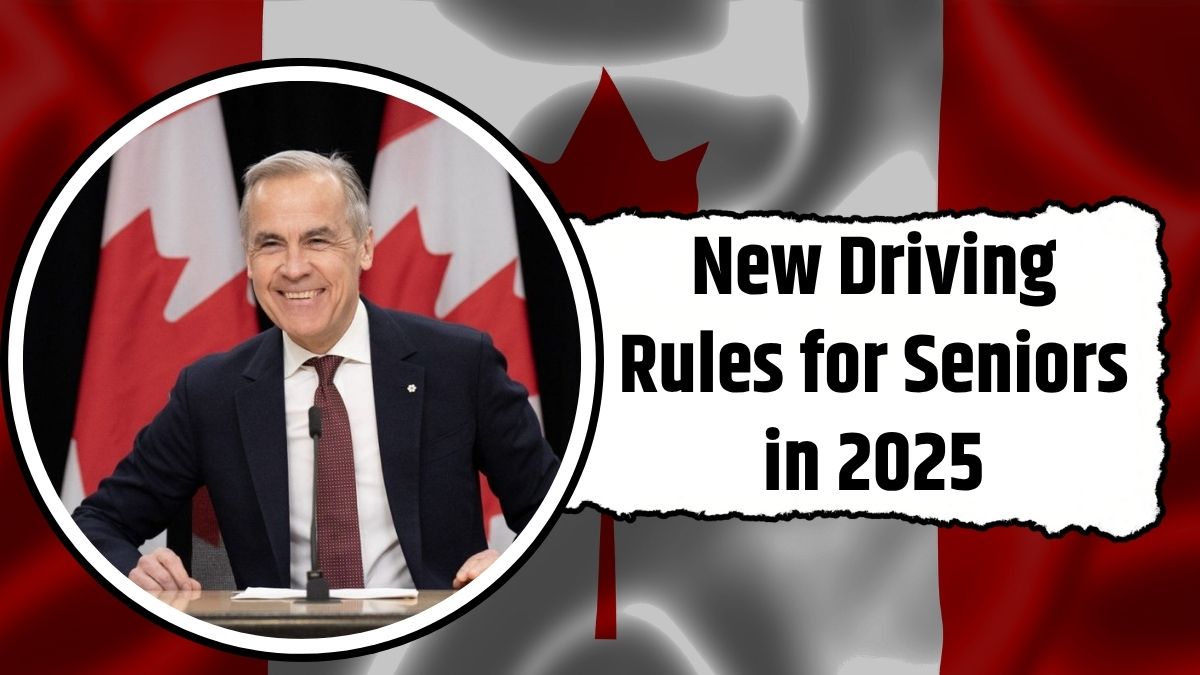For decades, age 65 was considered the finish line for working Canadians—the moment you’d start receiving government benefits and enjoy your golden years. But things are changing fast. With longer life expectancy, rising living costs, and evolving pension policies, the idea of a fixed retirement age is no longer a given.
If you’re planning to retire at 65, it may be time to reconsider that timeline. Here’s what’s shifting—and how it could affect your future.
Why Age 65 Isn’t the Retirement Finish Line Anymore
More Canadians are beginning to question whether age 65 is the ideal time to retire. With the average life expectancy in Canada now stretching well into the mid-80s, retirement could last 20 to 30 years. That’s a long time to rely on fixed income and savings, especially in an economy where the cost of living continues to climb.
At the same time, government benefits such as Canada Pension Plan (CPP) and Old Age Security (OAS) have built-in incentives for delaying your claims. These changes are pushing many Canadians to either work longer or strategically time their benefits.
The Shift in Retirement Expectations
In the past, retirement at 65 meant a clean break from work. But today’s retirement landscape looks different. Many people are:
- Continuing part-time work or freelance jobs
- Taking phased retirement options to gradually reduce hours
- Delaying retirement altogether to maximize pensions and income
With a more active and healthier aging population, the concept of retirement has become more fluid. Instead of a one-size-fits-all age, retirement is now a personal financial decision.
Understanding Canada Pension Plan (CPP): Timing Matters
One of the most crucial decisions in retirement planning is when to start receiving CPP. The CPP offers flexibility, allowing Canadians to begin payments as early as age 60 or delay until age 70. However, the age you choose has a significant impact on your monthly benefit.
CPP Monthly Adjustment by Start Age
| Start Age | Monthly Benefit Adjustment |
|---|---|
| 60 | 36% reduction |
| 65 | No adjustment |
| 70 | 42% increase |
If you start CPP at 60, you receive 36% less per month than you would at 65. On the other hand, if you wait until 70, your benefit increases by 42%. For those still earning income or who don’t need the funds immediately, waiting can pay off significantly.
Old Age Security (OAS): More for Waiting Longer
Similar to CPP, Old Age Security also allows for delayed payments. While 65 is the standard age to start receiving OAS, you can defer payments up to age 70 for a higher benefit.
OAS Monthly Adjustment by Start Age
| Start Age | Monthly Benefit Adjustment |
|---|---|
| 65 | Standard amount |
| 70 | 36% increase |
A 36% boost by delaying until 70 reflects the modern reality: Canadians are working and living longer. For those able to hold off, this delay can mean a substantial increase in retirement income.
Could Canada Raise the Retirement Age?
Although the current OAS eligibility age remains 65, there has been debate about increasing it. In 2012, the federal government proposed raising the age to 67 by 2029, but the plan was later scrapped in 2016.
However, the idea may resurface. Other countries—including the United States, United Kingdom, and Australia—have already raised or are in the process of raising their retirement ages. As Canada’s population continues to age and pension costs climb, this conversation is likely far from over.
More Seniors Are Choosing to Work Past 65
Working past 65 is no longer the exception—it’s becoming increasingly common. In 2000, only 1 in 10 seniors were employed. Today, that number has nearly doubled, with 1 in 5 Canadians over 65 choosing to stay in the workforce.
But it’s not just about money. For many, work provides:
- A sense of purpose
- Daily structure and social connection
- Mental engagement and routine
Some opt for freelance work, others transition into part-time roles, and some start consulting or passion projects. This trend highlights a growing realization that retirement doesn’t have to be all-or-nothing.
Phased Retirement: A Flexible Option
Phased retirement allows workers to gradually reduce their hours or work fewer days per week, rather than stopping abruptly. This approach offers several advantages:
- Lets you ease into retirement emotionally
- Helps you stretch your retirement savings
- Keeps you socially and mentally active
Employers are increasingly supportive of phased retirement, especially in sectors facing labour shortages or where experience and mentorship are highly valued.
How to Plan for a Modern Retirement
Since retirement today isn’t defined by a single age, thoughtful planning is more important than ever. Here are some steps to help you build a flexible and sustainable retirement strategy:
1. Know How CPP and OAS Work
Understand how timing affects your benefits. Use online retirement calculators or consult with a financial advisor to project your future monthly income based on different start dates.
2. Calculate How Long Your Money Needs to Last
If you retire at 65 and live to 90, your savings need to cover 25 years. Factor in inflation, medical costs, housing, and any dependents.
3. Stay Informed on Policy Changes
Pension rules and eligibility requirements can change. Stay updated by checking official government resources or subscribing to finance-focused news alerts.
4. Be Flexible with Your Plans
There’s no “perfect” retirement plan. You might:
- Work part-time until 70
- Delay CPP or OAS
- Retire earlier and live frugally
- Take career breaks and return to work later
Adaptability is key.








